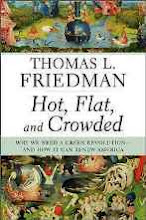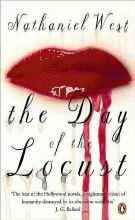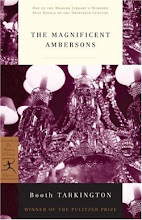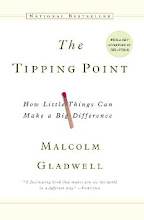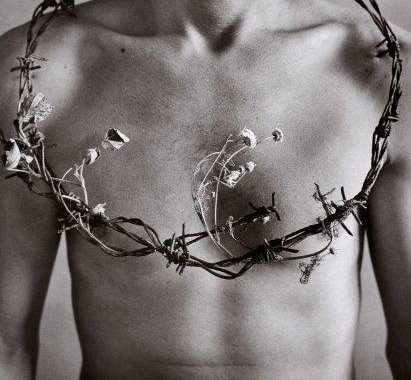
I drank to drown my pain, but the damned pain learned how to swim, and now I am overwhelmed by this decent and good behavior.
Frida Kahlo (1907-1954)
Slowly over time a condition of pathology has been developing unknown to me. It may have started as long ago as decades. It was most likely a gift for my father who given the gift from his father. It has been most surely aggravated by my lifestyle. Without warning the condition reached a tipping point and erupted in a matter of hours into the most painful event I could ever imagined to experience. I have always considered myself as having a reasonably high tolerance to pain, but this eclipsed any previous understanding of chronic pain.
Acute pain of the type I experienced for nine days can only be described as the most extreme physical suffering and distress, coupled with severe emotional torment. The word pain does not even adequately describe the feeling, a combination of torture, misery, torment; agony and anguish are more accurate definitions of the intensity of the feeling. Consider the moment when you slam, with excessive force, a hammer on your unprotected thumb. Consider that moment of searing, burning, throbbing pain that explodes into white light in your eyes while your nervous system is so overwhelmed by an electrical shockwave that your body can no longer command your legs to stand and you drop to your knees. Consider the feeling of accidentally sticking your thumb into a caldron of white hot molten lead then holding it high above your head to amplify the throbbing drum beat of your heart.
The severe pain I have described is somewhat temporal because your body immediately prepares a survival defense against pain. As the pain reaches your brain, neuropeptides and other peptides, such as the endorphins and enkephalins are poured into your system providing profound analgesic (pain-relieving) effects similar to morphine. Now consider what it feels like if your body has no defense and the pain is unmitigated and chronic, without anyway to lessen the severity of the agony and suffering. Here’s another way of describing the unrelenting torture of the past nine days. Due to my wife’s recent surgeries I have access to fairly powerful pain killers while waiting for a doctor’s to treat me. Consider stacking both Vicodin and Oxycontin on top of one another and eating them like Chiclets with absolutely no reduction in the severity of the agony. Welcome to the “Disease of Kings” or more commonly known as “gout”
In the medical references, attacks of gout are so painful that they are described as being comparable only to the agony of childbirth. Fortunately modern medicine has virtually eliminated severe child birth pain with 90% of women having epidurals. In my defense I’m not sure that those that decide to forego pain medication are in labor for nine days. My doctor indicated that there is only one condition that is more painful than gout which is passing kidney stones and by the way if you don’t treat the gout aggressively it can result in the formation of kidney stones. Oh great!
The word "gout" is derived from the Latin gutta, meaning "a drop," and reflects the ancient belief that the disease was caused by a malevolent fluid dropping into the weakened joints. The problem was that no one really knew what caused gout. For years people attributed it to all sorts of things; Saint Gregory the Great viewed his own gout as a form of mortification visited upon him by the Lord. Less lofty souls simply used their eyes and saw that most gout sufferers tended to be heavy eaters and drinkers who, as was often the case, happened to be either priests or members of the aristocracy.

Gout implies a grand life spent drinking the finest wines or that the road to hell is paved with good vintages. Kings and saints alike have suffered from it. So have great artists. Some sociologists have linked gout with the pathology of genius. Of course, this is all coincidence. Gout may not be a measure of your breeding or status, but in my case it could have been aggravated by many years of fine dining and entertaining of clients.
According to an article in Forbes magazine, “In the old days, treatment of gout was no less primitive than most other forms of medicine. After all, remember that for centuries doctors firmly believed in the healthful benefits of leeching and trepanning (a particularly painful operation, usually used in connection with bad headaches that involved boring a hole in the patient's skull). Not surprisingly, the survival rate was depressingly low and even though gout was rarely a fatal disease, because there was nothing doctors could do to treat it, many of their patients may have wished they were dead.
The closest thing to a remedy was "flannel and patience." The affected joint, most often the big toe, would be propped on a stool and swathed in flannel and the sufferer would simply have to wait in pain until the attack subsided--which could often be up to two weeks. The pain could be so great and the skin so sensitive that even the weight of a bedsheet could send the sufferer into agonies. It was believed that only port and other fortified wines were to blame for the gout but small beer, punch and whiskey were considered therapeutic. Doctors prescribed these in liberal doses although it never seemed to strike them as odd that their patients only got worse. 
In the early part of this century a fashionable treatment was to encase the sufferer's foot in a glass boot and use vibration-generated heat to reduce the pain. Unfortunately, more often than not it had the opposite effect: The vibrations would dislodge the uric acid, which immediately went to the kidneys and frequently resulted in kidney failure and sometimes death.”
One false belief was that only port and other fortified wines caused gout. England saw a dramatic rise in gout after 1703 when Pedro II, king of Portugal, decided to ally himself with the British in the War of the Spanish Succession. This resulted in a treaty that allowed Portugal, in exchange for buying British wool, to export its wines to Britain at one-third the tariff imposed on French wines. Everyone, except the French of course, found this an advantageous development and soon Britain was importing Portugal's finest wines in unprecedented volumes. These wines, like many wines at the time, were subject to spoilage and the shippers "fortified" the wines by adding brandy and then stored them in lead casks. Lead, however, is soluble in alcohol and an epidemic of saturnine gout--this is a particular kind of gout that is also found among moonshiners in the U.S. whose stills are also often lead-lined--erupted across the British Isles.”
The cause of gout is the accumulation of urine acid in the blood which begins to crystallize into needle like crystals in the joints. Elevated levels of urine acid in the blood are a result of digesting a type of protein that is high in purines. Treatment of gout requires limiting food high in perines as well as taking a pill everyday for the rest of my life, because the disease is incurable. It sounds simple enough until I looked at the list of food high in purines which includes, red meat, seafood, lamb, organ meats, duck, mushrooms, asparagus, alcohol, poultry and just about everything else I enjoy while fine dining. In simple terms if I like it, I can’t eat it and if I don’t like it, I can eat as much of it as I like. It is a great way to become anorexic. I’m not sure this diet is going to work well with me. Take anything you want but don’t take away my ability to dine well on the road it’s the only thing that makes travel bearable. Like the old NRA advertisements you can have my foie gras when you wrench it out of my cold dead fingers.
Just in case we have the opportunity to meet in a fine restaurant some time in the future, I want to profusely apologize in advance for my behavior. You will know which is me, I’ll be the one in the corner with a plate of seafood with asparagus, a vodka martini and a wonderful mushroom consume screaming “Son of a Bitch that hurts” as I hobble into the night. Just nod your head at another victim of the Pathology of genius.
The more severe the pain or illness, the more severe will be the necessary changes. These may involve breaking bad habits, or acquiring some new and better ones.
Peter McWilliams













